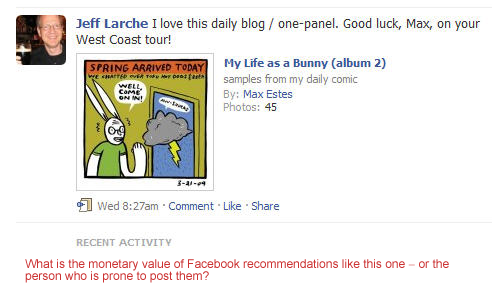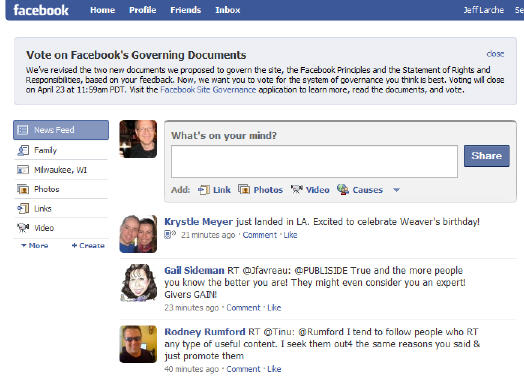The reasons we attend a conference haven’t changed since the 1990s. Much else has. Will conferences survive the squeeze? Ross Dawson, Chairman of Future Exploration Network and CEO of Advanced Human Technologies, has some thoughts. I do too, but they’re more from a marketing technology perspective. That means I’m more interested in the environmental changes that are stressing conferences and trade shows. And how we might adapt to these pressures in a win-win for sellers and buyers alike.
I’ll get to those shortly, along with the insights of Mr. Dawson. But first, let’s recall why we bother to attend them at all:
- Education — What are our industry best practices and recent developments?
- Community — Can we reconnect with existing colleagues and friends?
- Networking — Will we find new colleagues and other resources or business opportunities?
I’m sure I’m missing some, but if you can agree on these, let’s look at the changes that have pushed conferences in the direction of the dodo.
Time and money — If the decade since the 1990s is an opera, the Overture was the Dotcom bubble bursting and Act 1 was the World Trade Center attack and the start of two wars — wars that are still droning on through this end of Act 2. We’re entering Act 3 and dealing with another burst bubble, one dragging down the world economy. Need I explain why productivity is down? We all have to get more done with less resources. That means national or international conferences may have to be crossed off our calendars.
E-learning and online collaboration — We discovered during the first strain on our airports, post-9/11, that we could meet virtually and not suffer unduly. Some things are missed by a Skype or Go2Meeting session, but hey, life isn’t perfect. And in this iterative, speed-to-market economy, imperfect is perfectly okay.
LinkedIn introductions — Most of my colleagues don’t use LinkedIn every day. But all of them have a profile there. And combined with Facebook and other social networks, they manage to meet new colleagues, vendors and even clients by tapping into their network of trusted connections.
likemind, BarCamp and The Unconference
Yes, we still have to physically meet each other. Thinking otherwise is a particularly dangerous form of technological hubris. But meetings of this type have evolved. I first learned about — and then attended — Milwaukee’s BarCamp. This is a free “unconference” that has to be experienced to be believed.
Then came likemind, the concept too brilliant and hip for uppercase letters (along with e.e. cummings and k.d. lang).
I won’t prattle on about the monthly event, except to say that, similar to BarCamp, it’s free of charge to attend here in Milwaukee, and it’s held at BucketWorks. Here’s the latest on this “un-networking” event. (The next one is in two weeks!)
Finally, there is Ross Dawson, who discusses the Un-Conference:
“There are many forms of unconference, however the basic idea is that participants create the agenda on the day,†says Mr Dawson.
This leads to highly interactive discussions, and the topics reflecting the interests of the people there.”
To date, the unconference has largely involved technology and creative industries, and can incorporate both traditional discussion panels, which then become the launch pad for breakout groups where ideas are more directly exchanged between participants.
Does this sound like echos of both BarCamp and likemind? It should! But Dawson goes on to talk about presentation formats. “Lightning Talks, Ignite, and Pecha Kucha [such as Milwaukee’s Pecha Kucha nights] are a few of the names given to this new breed of presentation night that brings together a range of presenters to share their ideas in an informal setting, energising attendees and promoting networking around the themes being discussed.
“At the recent Ignite Sydney event, 12 presenters were each given the chance to present 20 slides, with each slide automatically advancing after 15 seconds,” reports the online article on Mr. Dawson. He explains it this way:
In a world awash with information, it is critical to be exposed to many diverse perspectives and insights.
A very few speakers and presentations merit 45 minutes. Most other ideas can be highly condensed with little loss, creating a far more dynamic and stimulating experience for the audience.
Has the internet killed the conference? Perhaps not. But let’s watch it evolve, bending to the demands of a workforce hungry for utility and starved for time.
Next week I’ll explore how marketers might morph their behavior to better resonate with the new business consumer. In the meantime, I invite your comments. Also, meet me and many of your peers at 8 AM on May 15, at likemind!
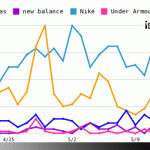
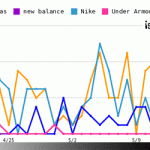
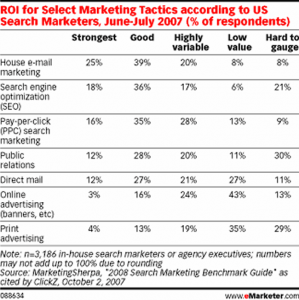 Consider this the “Before” example, to be compared with the image below.
Consider this the “Before” example, to be compared with the image below.
